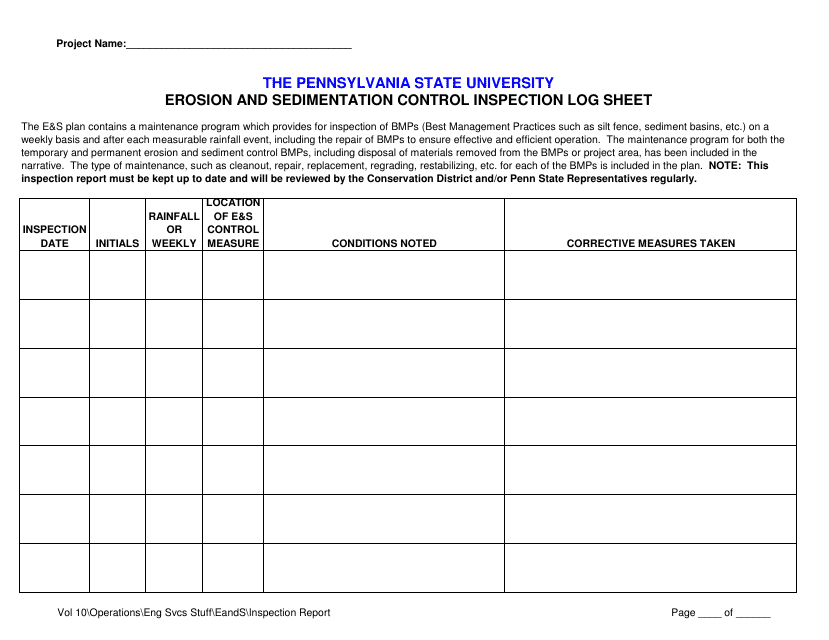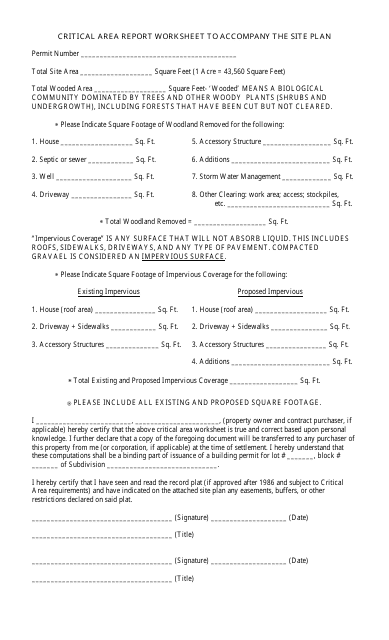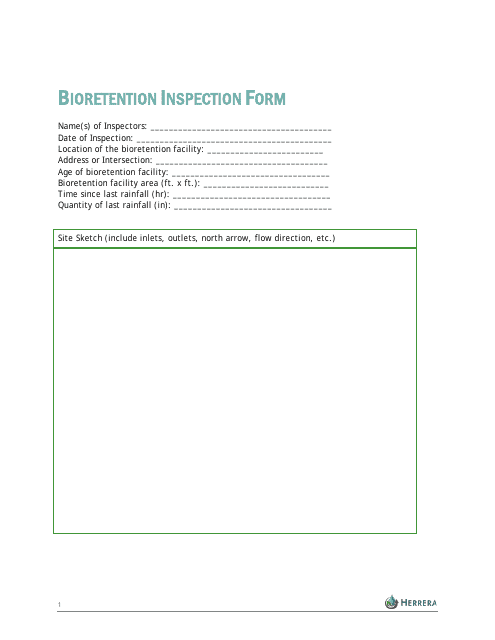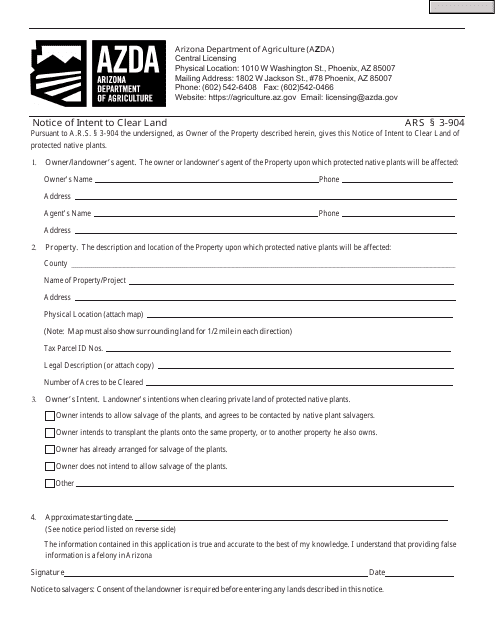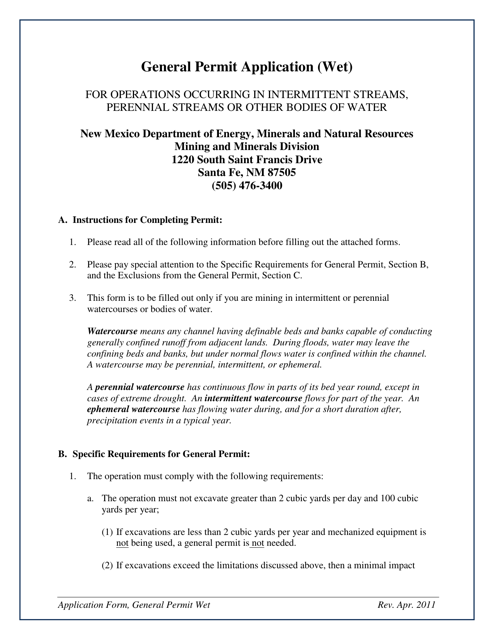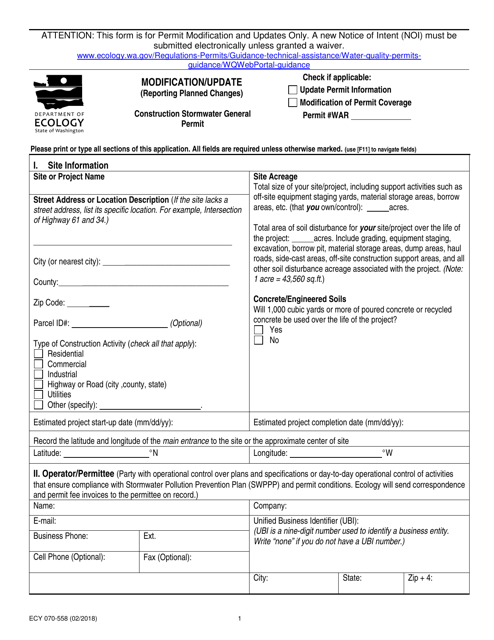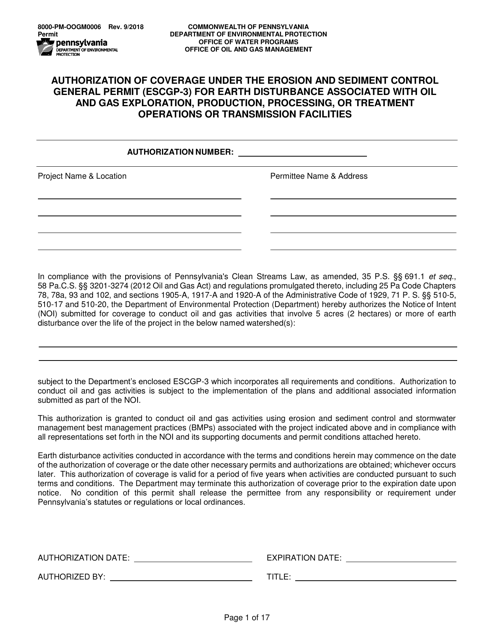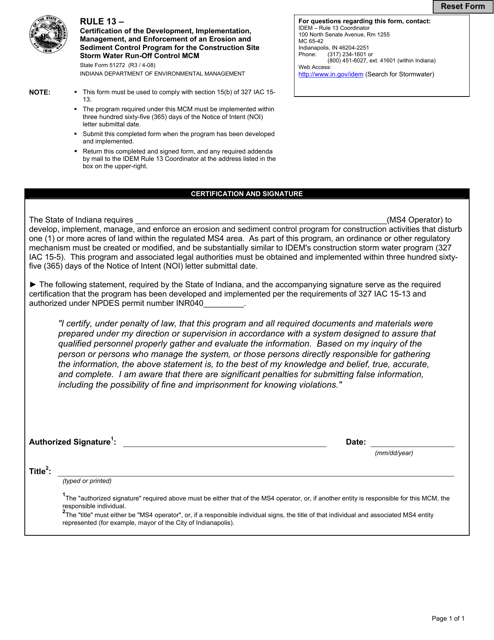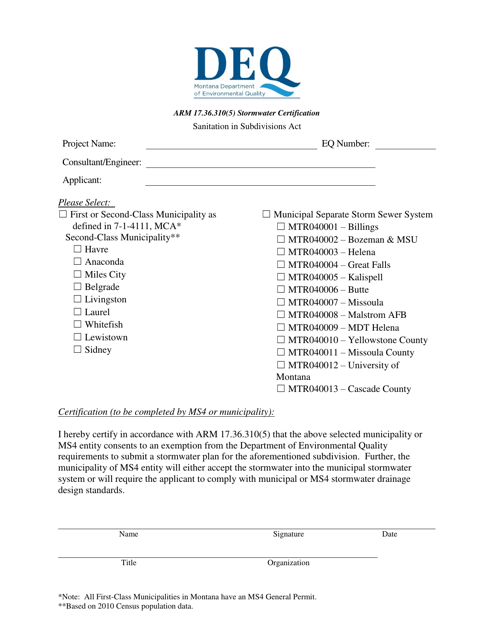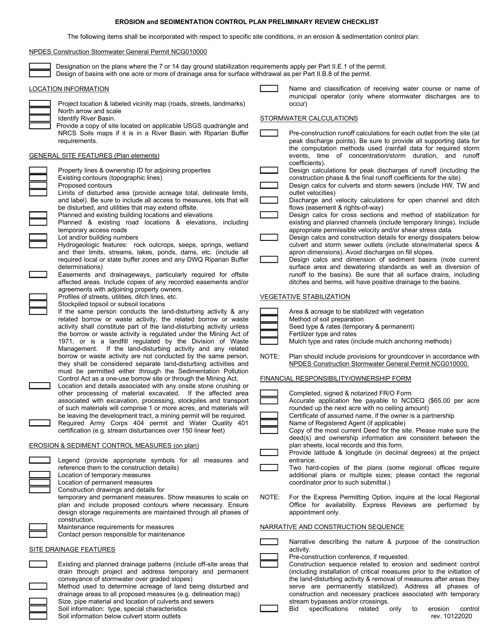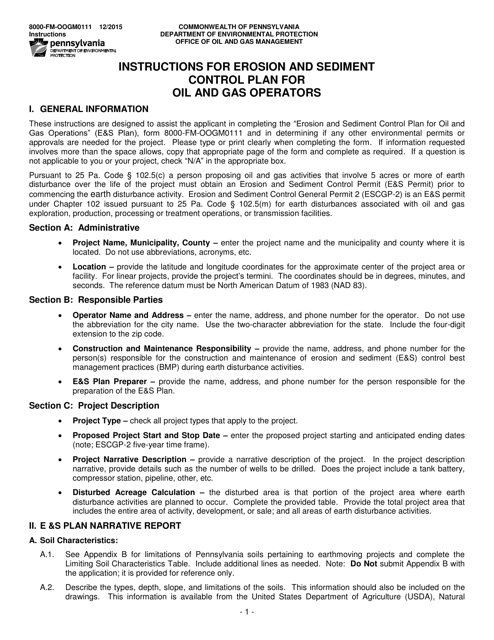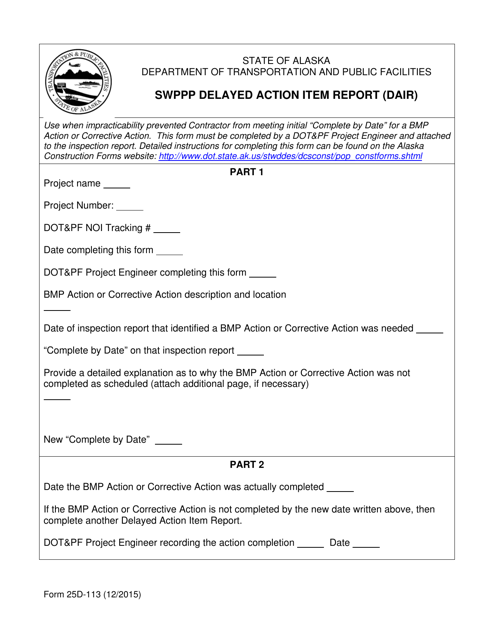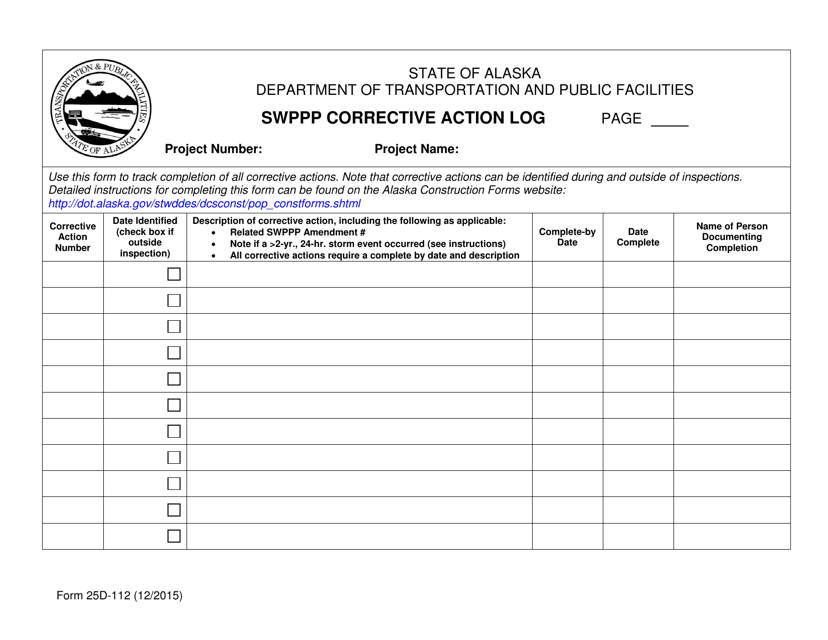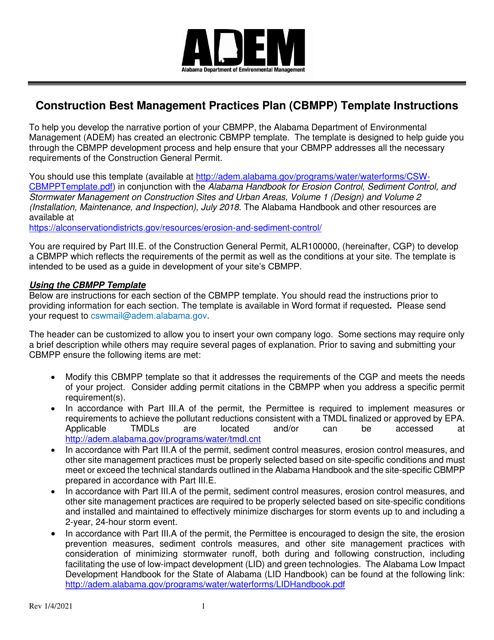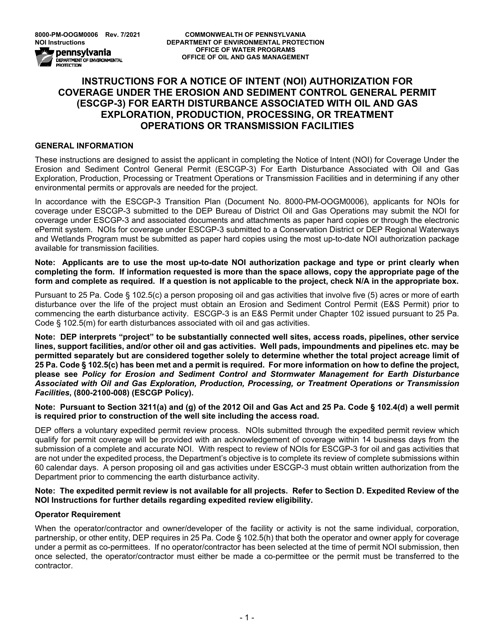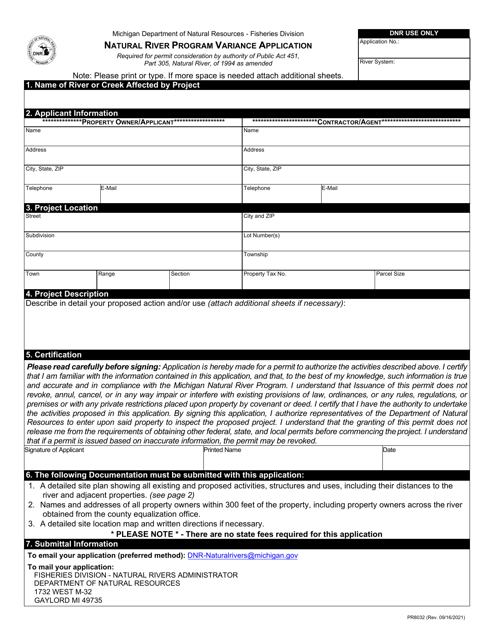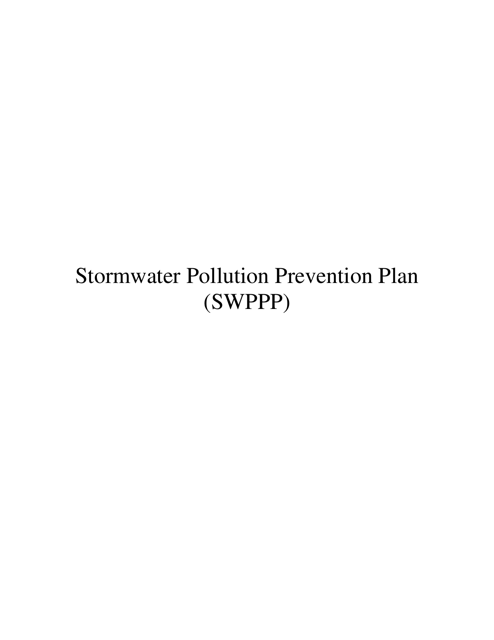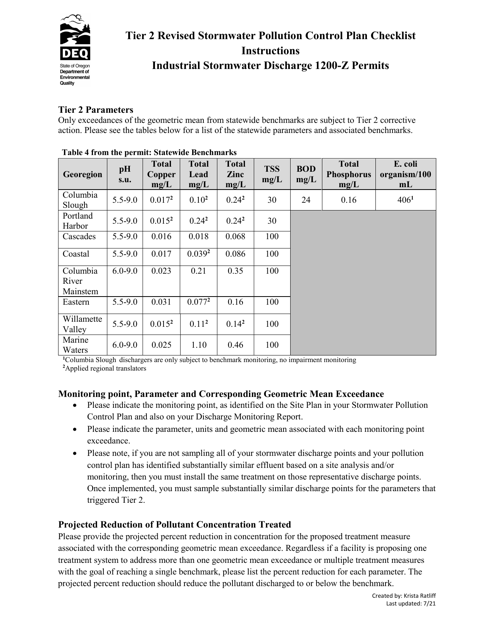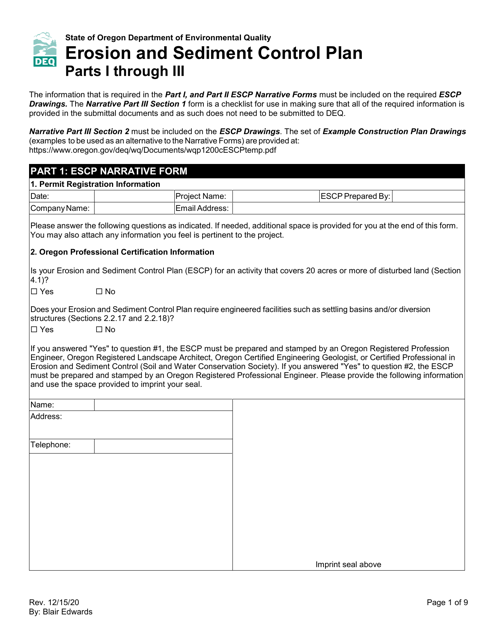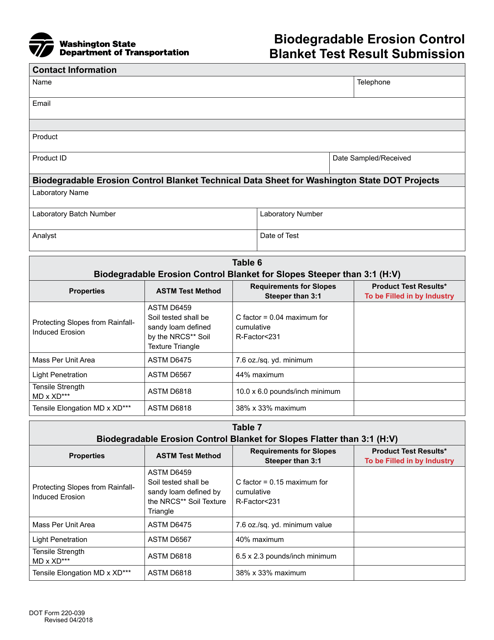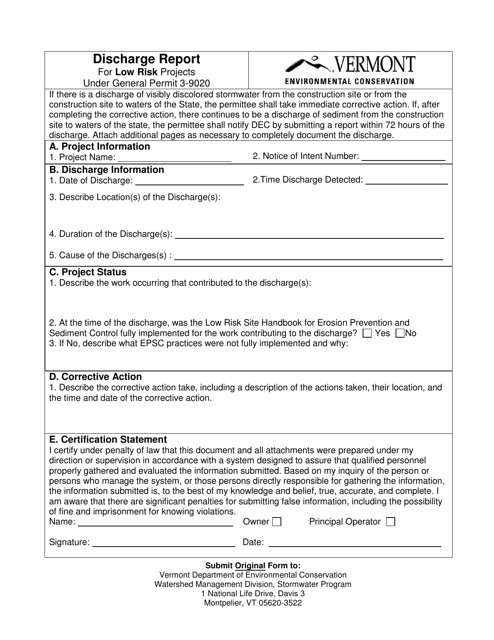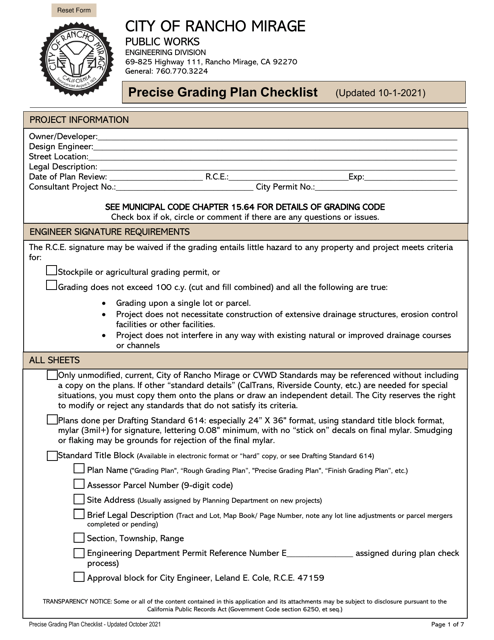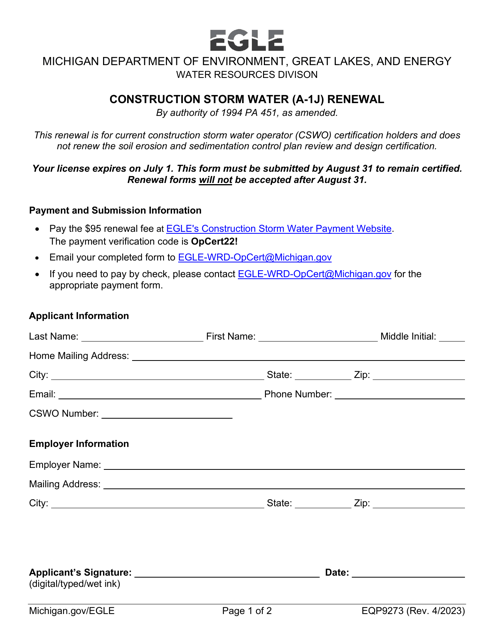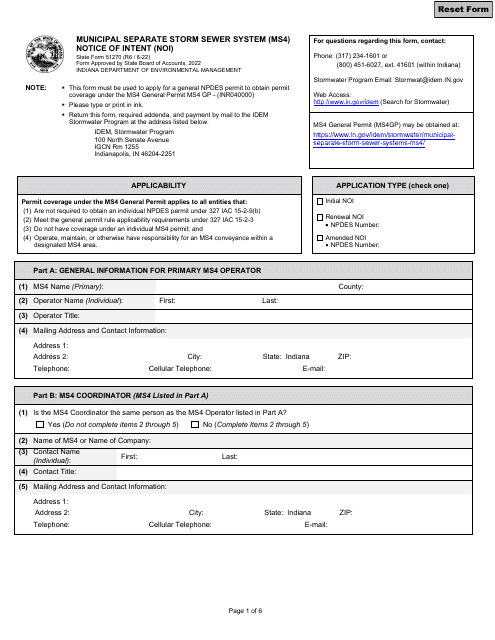Erosion Control Templates
Erosion control, also known as erosion prevention or sediment control, is a crucial aspect of environmental management and land development. It involves implementing various strategies and measures to prevent the erosion of soil and the movement of sediment, thereby minimizing the impact on nearby water resources and ecosystems.
At the heart of erosion control are effective erosion control documents, such as stormwater certifications, discharge reports, renewal forms, erosion control schedules, and bond applications. These documents serve as essential tools for regulatory compliance and demonstrate the commitment of individuals, businesses, and municipalities to responsible land development practices.
For instance, a stormwater certification is a document required in many jurisdictions, including Montana. It ensures that construction projects comply with state regulations regarding erosion control and sediment management. Similarly, a discharge report for low-risk projects under General Permit 3-9020 in Vermont helps monitor and manage the impacts of stormwater runoff.
Renewal forms, like the Form EQP9273 Construction Storm Water (A-1j) Renewal used in Michigan, enable ongoing assessment and improvement of erosion control measures over the lifespan of a project. In Illinois, the Form IL532-1627 (WPC533) Schedule P Erosion Control serves as a comprehensive record of erosion control efforts undertaken during construction or land development activities.
To ensure accountability and financial responsibility, an erosion control bond application, such as the one required by the Town of Patterson, New York, may be necessary. This document serves as a guarantee that funds are available to address any remediation or repairs related to erosion and sedimentation during or after construction.
In summary, the comprehensive collection of erosion control documents plays a vital role in promoting responsible land development and protecting the environment. Whether it's stormwater certifications, discharge reports, renewal forms, erosion control schedules, or bond applications, these documents are essential for regulatory compliance and sustainable development practices.
Documents:
68
This document is a Storm Water Pollution Prevention Plan (SWPPP) specifically designed for small construction sites in Arkansas. It outlines strategies and measures to prevent storm water pollution on construction sites and ensure compliance with environmental regulations.
This document is a template provided by Pennsylvania State University for logging erosion and sedimentation control inspections. It helps to ensure compliance with environmental regulations and monitor the effectiveness of erosion control measures.
This document is used for preparing a critical area report worksheet that accompanies a site plan. It helps identify and assess the potential impacts of a proposed development on environmentally sensitive areas.
This type of document is a form used for inspecting bioretention systems.
This document is used for applying for a general mining permit in New Mexico specifically for wet conditions. It details the requirements and procedures that miners need to follow when operating in wet environments.
This type of document provides information about bulkheads in Delaware's Appendix G.
This document provides guidelines and instructions for implementing erosion and sediment control measures in Pennsylvania. It specifically focuses on Module 12, which covers erosion and sedimentation controls.
This form is used for designing erosion and sedimentation plans for small noncoal permits in special protection watersheds in Pennsylvania.
This form is used for requesting changes to the Sand and Gravel General Permit in Washington state.
This form is used for modifying or updating the Construction Stormwater General Permit in the state of Washington.
This form is used for erosion control in South Carolina. It helps individuals and organizations comply with regulations and guidelines to prevent erosion and protect the environment.
This form is used for authorizing coverage under the Erosion and Sediment Control General Permit (ESC-GP3) for earth disturbance associated with oil and gas exploration, production, processing, or treatment operations or transmission facilities in Pennsylvania.
This Form is used for the certification of the development, implementation, management, and enforcement of an erosion and sediment control program for construction site stormwater runoff control in Indiana.
This document certifies compliance with stormwater regulations in Montana.
This document is a form used in Pennsylvania for creating an erosion and sediment control plan specifically for oil and gas operations. It provides instructions on how to properly address erosion and sediment concerns in these operations.
This checklist is used for the Construction General Permit Stormwater Pollution Prevention Plan (SWPPP) in Arizona. It helps ensure that proper measures are in place to prevent stormwater pollution during construction projects.
This form is used for recording the daily rainfall as part of the Stormwater Pollution Prevention Plan (SWPPP) in Alaska. It provides instructions on how to properly fill out Form 25D-115 for maintaining accurate records of rainfall.
This type of document is used for reporting delayed action items in the Stormwater Pollution Prevention Plan (SWPPP) in Alaska. It helps track and address any items that have been delayed in implementing the required measures.
This form is used for tracking the corrective actions taken in a Stormwater Pollution Prevention Plan (SWPPP) in Alaska. It helps to ensure compliance with environmental regulations and prevent pollution.
This document provides instructions for creating a Construction Best Management Practices Plan (CBMPP) in the state of Alabama. The CBMPP outlines measures to minimize negative environmental impacts during construction projects.
This form is used for submitting a Notice of Intent for the Nonpoint Source Program in Michigan. It provides instructions for completing the form and submitting it to the appropriate agency.
This document outlines strategies to prevent pollution of stormwater in Nevada. It includes measures and best practices to protect the state's water resources from contamination.
This document is a template for creating a Stormwater Pollution Prevention Plan (SWPPP) in the state of Nevada. The SWPPP is used to outline strategies and practices for preventing pollution in stormwater runoff from construction sites.
This document is a checklist used in Oregon for the revised stormwater pollution control plan for Tier 2 projects. It helps ensure compliance with regulations and guidelines to prevent pollution of stormwater runoff.
This document is used in Oregon for creating an erosion and sediment control plan. It includes parts I through III.
This document provides a generic groundwater protection plan for construction sites in West Virginia. It outlines measures to prevent contamination of groundwater during construction activities.
This Form is used for submitting test results of biodegradable erosion control blankets in Washington state.
This form is used for erosion control in the state of Washington.
This document provides a discharge report for low-risk projects operating under General Permit 3-9020 in Vermont. It outlines the details of the discharge and assesses the environmental impact.
This document provides a checklist for the precise grading plan in the City of Rancho Mirage, California.


